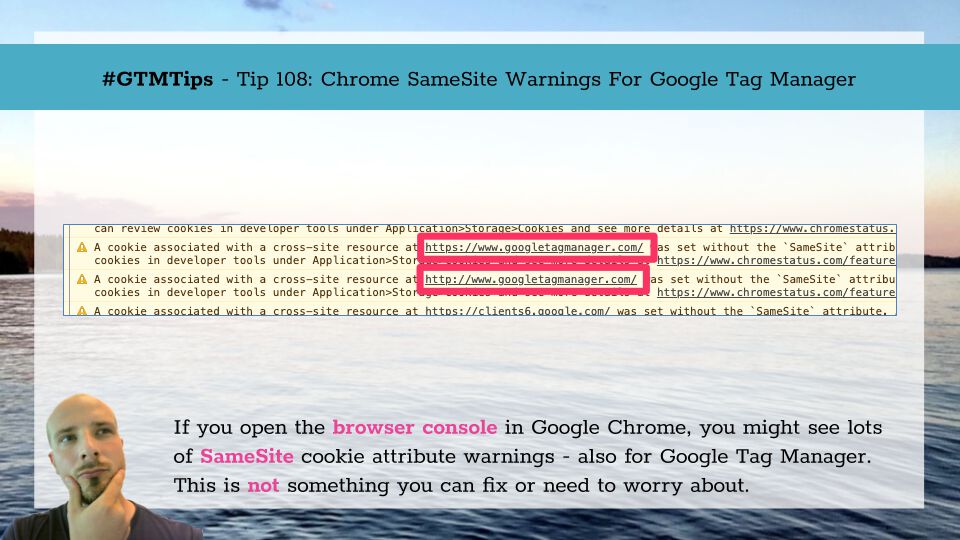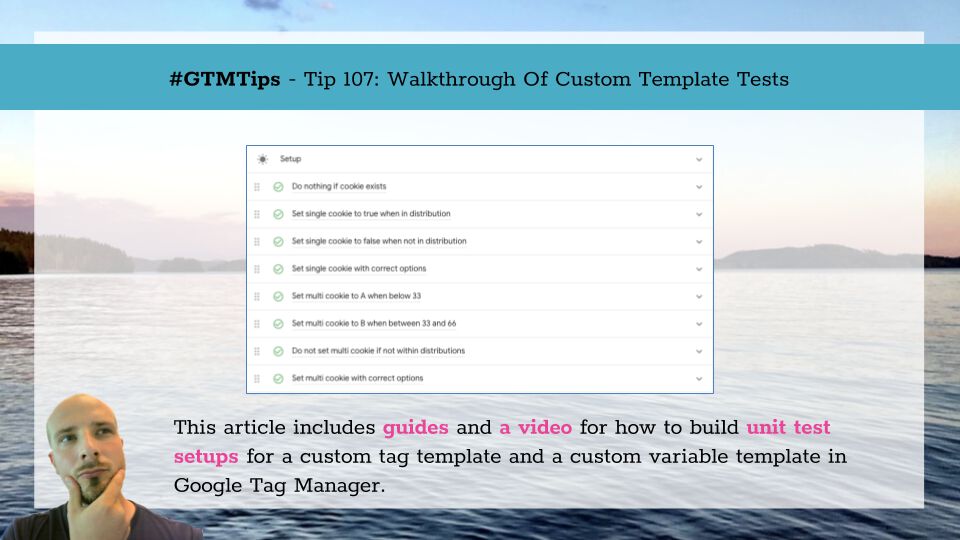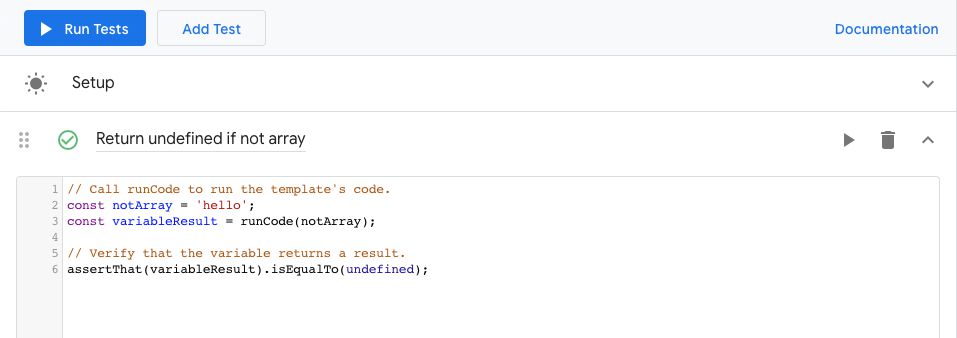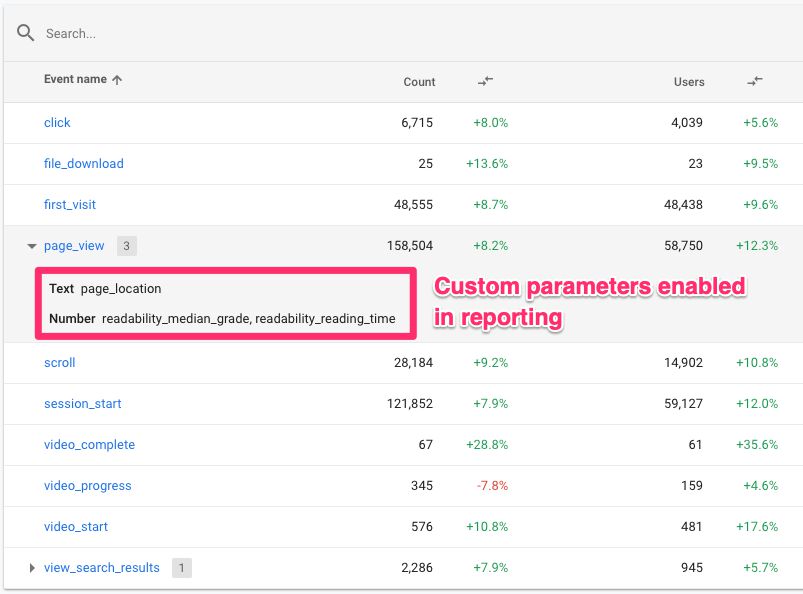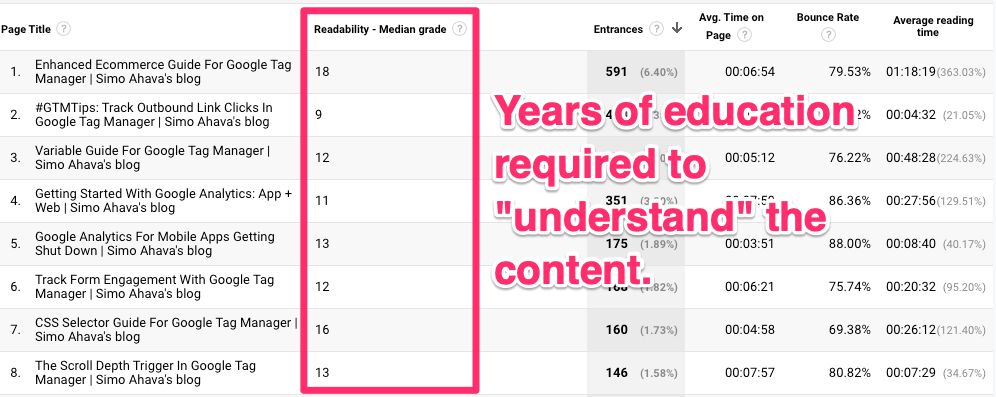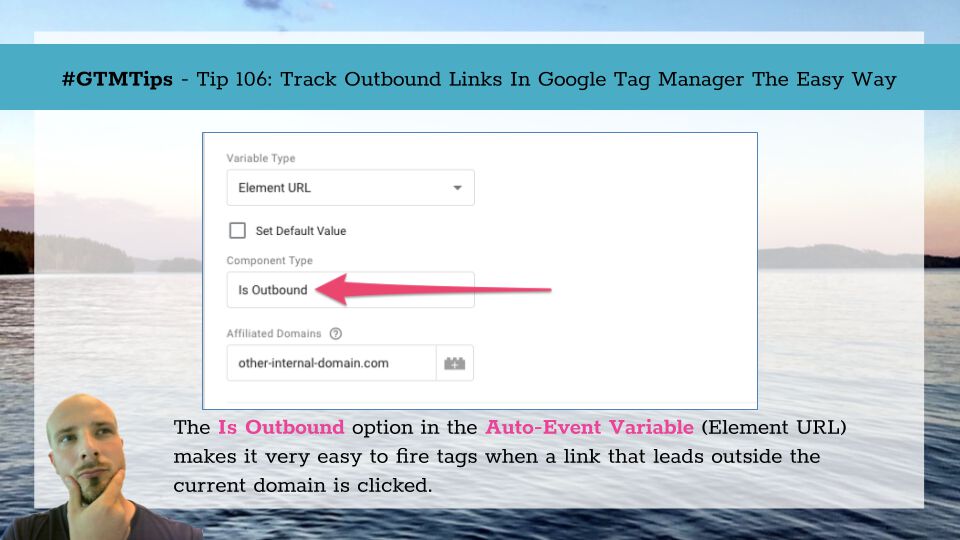Update 17 February 2020: Google Tag Manager’s Preview mode cookies have been updated with the necessary flags, so they will not break once SameSite enforcement begins.
If you’ve opened the browser console in Google Chrome (since Chrome 76), you might have seen a bunch of warnings in a yellow background related to something called a SameSite cookie attribute that is either missing or incompletely set for cookies set on external domains.
